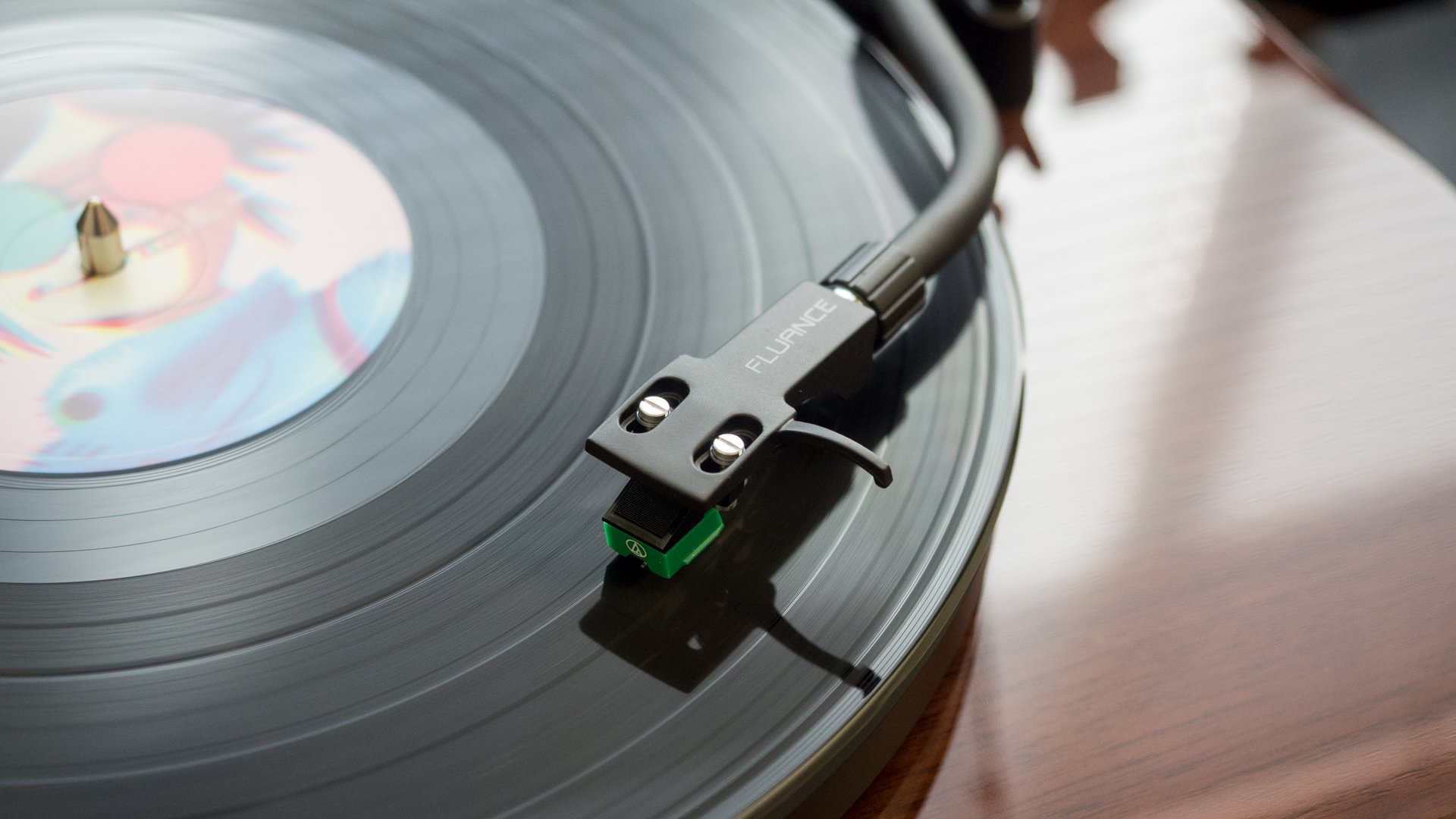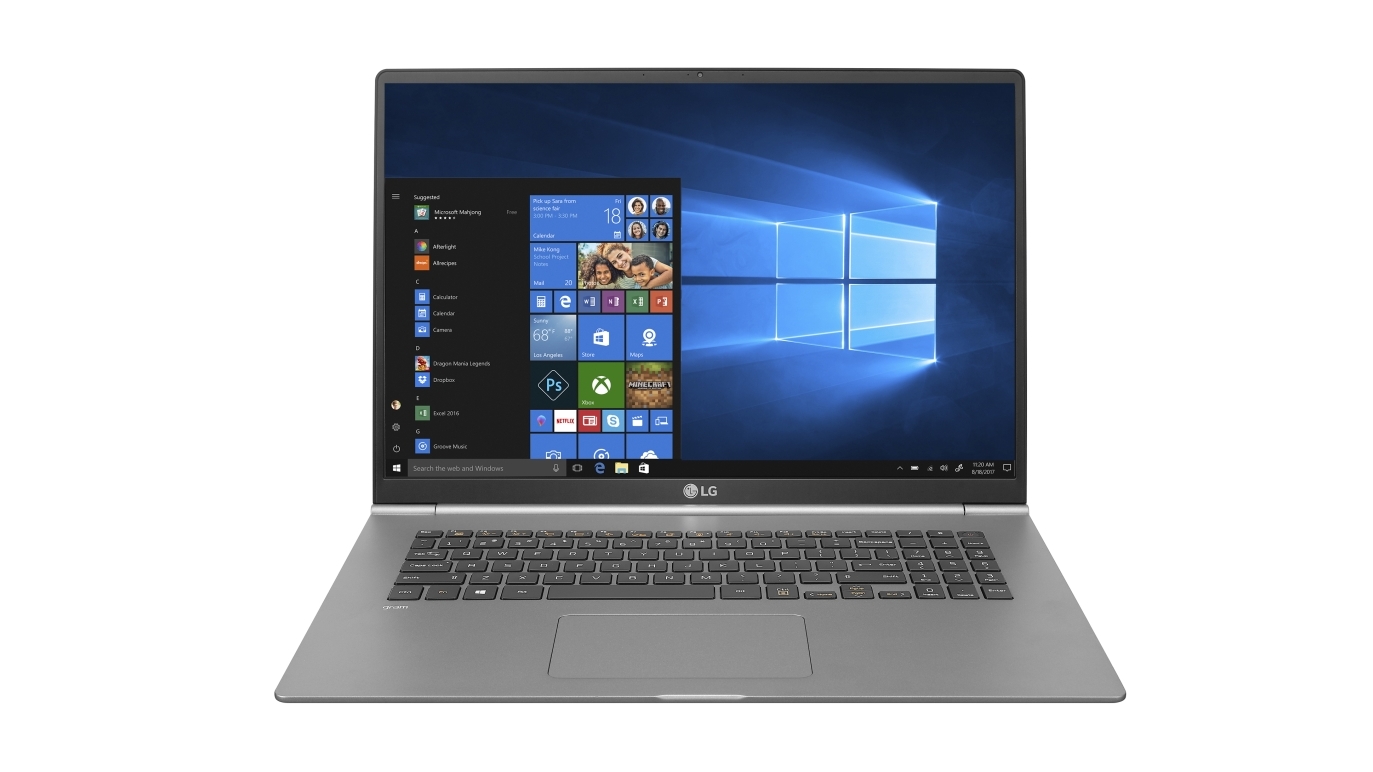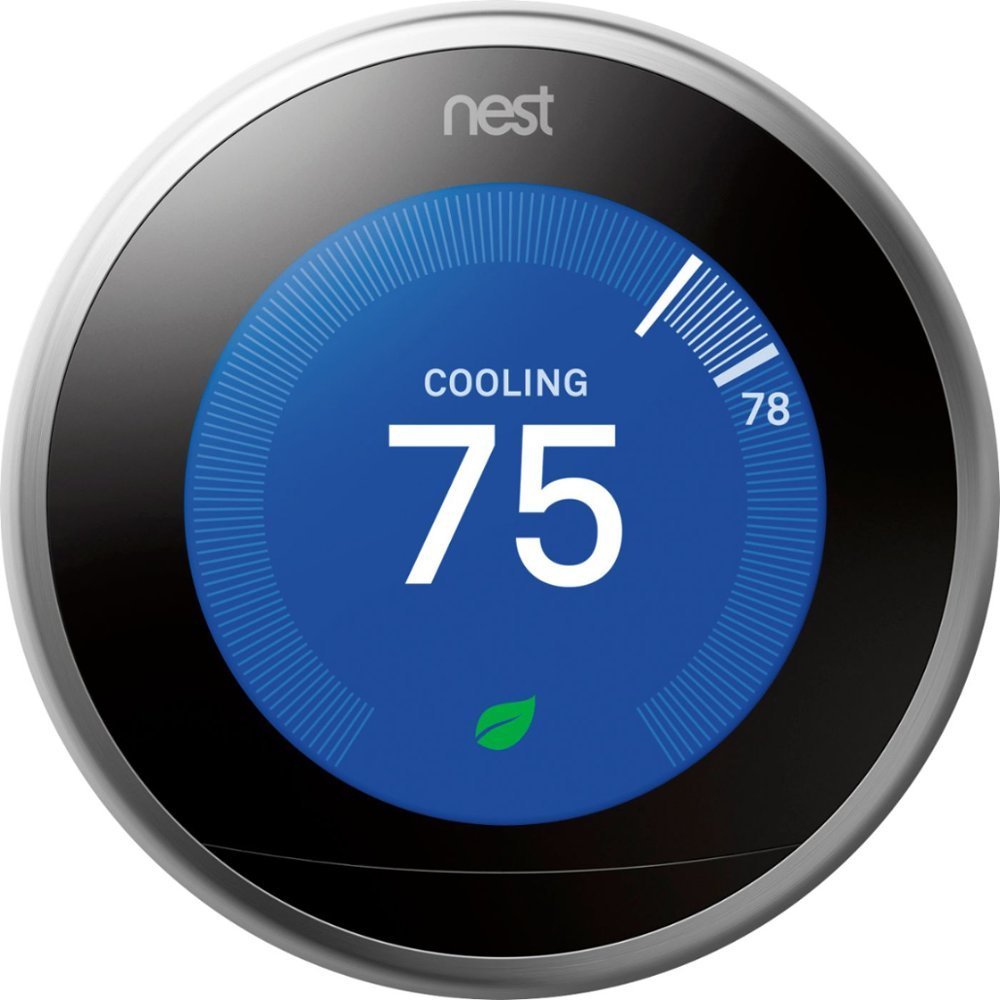Read more of this story at Slashdot.
Orlando
Shared posts
UK Air-Traffic Software Misread Spots on Map To Cause Outage
Apple opens annual applications for free hackable iPhones
ALSO: Brazilian stalkerware database ripped by the short hairs, a fast fashion breach, and this week's critical vulns
Infosec in brief The latest round of Apple's Security Research Device (SRD) program is open, giving security researchers a chance to get their hands on an unlocked device – and Apple's blessing to attack it and test its security capabilities.…
Meta Is Planning To Let People In the EU Download Apps Through Facebook
Read more of this story at Slashdot.
Teen in court after '$600K swiped from DraftKings gamblers'
Bet he didn't expect these computer hacking charges
An 18-year-old Wisconsin man has been charged with allegedly playing a central role in the theft of $600,000 from DraftKings customer accounts.…
Jeremy Keith Resigns from AMP Advisory Committee: 'It Has Become Clear To Me that AMP Remains a Google Product'
Read more of this story at Slashdot.
Proposed Federal Standard Would Require Cars To 'Prevent or Limit Operation' By Impaired Drivers
Read more of this story at Slashdot.
TSMC Looking Into Expanding Chip Manufacturing In US, Building Fab In Japan
Read more of this story at Slashdot.
The Eigiau Dam Disaster: Deluges and deceit at the dawn of hydroelectric power
A trip to beautiful Snowdonia lakes takes in early hydroelectric experiment... and a tragedy for a village
Geek's Guide To Britain They say that it is the history on one's doorstep which is most often overlooked. So it is with my latest piece for El Reg's Geek's Guide to Britain which concerns events in a quiet Welsh village that I called home between the ages of five and 18.…
Ask Slashdot: What's the Ultimate Backup System? Cloud? Local? Sync? Dupes? Tape...?
Read more of this story at Slashdot.
How does vinyl work and is it really better than streaming from Spotify?
Over the past fifteen years, we’ve witnessed vinyl records making an incredible comeback.
According to Statista, LPs sales have grown twenty-fold since 2006 and accounted for 17 percent of album sales in the United States in 2018. Between 2011 and 2012, vinyl sales increased by a staggering 131.8%, and while momentum has slowed in recent years, there is still an upward trajectory.
Vinyl records have seen such an increase in popularity that there’s even a holiday created to celebrate the audio format: Record Store Day. The holiday, which started in 2007, typically takes place on a Saturday in April and on Black Friday to celebrate independent record stores.
This year, the festivities are being split over three dates; August 29, September 26, and October 24 in a bid to adhere to social distancing guidelines across the world.
Even so, we’re still expecting the holiday to bring together fans, musicians and record stores around the world with limited edition pressings of records available to buy (if you can snap them up quick enough).
The popularity of vinyl is undeniable, but why is it so popular and does it really sound better than streaming from Spotify? Let’s dig into how vinyl works, how it compares to streaming services, and if building a vinyl collection is right for you.
- Record Store Day 2020: everything you need to know
- The essential albums every music lover should hear
- The best turntables of 2020
- The top stereo speakers you can buy today
How do vinyl records work?
Without getting too deep into the science of how vinyl records work, the theory behind it is that sound waves are translated into a physical medium (vinyl records) via a cutting machine.
Vinyl records are an analog format, which means sounds waves are physically pressed into vinyl to store audio information. Think of vinyl as a rudimentary hard drive that can store a very limited amount of data.
Vinyl records can reproduce different frequencies of sound depending on how “stretched out” the sound wave is on the media. High frequencies have shorter waves while low frequencies have longer ones, requiring more physical space on a record to store that information.
Early vinyl records could only store a limited amount of audio data because low frequencies and loud sounds take up so much room. Additionally, low frequencies and loud sounds are difficult for a record player’s needle to track as deeper, wider grooves can make a needle jump and miss reproducing sounds correctly. High frequencies are also challenging to play back correctly as the close waves can make the record needle skim over the grooves.
As a result, the Recording Industry Association of America, RIAA for short, developed a standardized equalization curve in 1954, allowing records to not only fit more information but to reduce distortion from high and low frequencies as well. This is why you need a phono preamp, or phonostage, in order to playback records.
These little devices, whether baked into a turntable or as external boxes, allow records to sound as the recording engineers intended by applying the RIAA equalization curve and amplifying the tiny signal picked up from the record needle and cartridge.

How the turntable makes records sing
Now that you know how a record works, let’s discuss how a record player makes music. Let’s start with the phono cartridge and needle. The needle is a sharp tip, usually made of diamond, and is mounted to a cantilever, which is the long tip that protrudes out of the cartridge. The diamond tip tracks the grooves of a vinyl record and the cantilever, which is attached to a rubber mount, acts as a damper – sort of like a car’s suspension, to soak up horizontal and vertical forces, helping the needle track vinyl grooves better.
The needle tip and cantilever are connected to the phono cartridge, which houses a magnet with a series of copper coils that generate a very small electrical signal. That signal is the sound of the record, but since the voltage is so weak, it needs to be amplified by a phono stage or phono preamp before being played through speakers or headphones.
The entire phono cartridge is held onto the tonearm of the turntable, which is balanced by a counterweight to determine the proper tracking force. Different turntable arms and cartridges will require different vertical tracking forces (or VTF for short), which is the amount of weight on the needle that is required for the phono cartridge to track properly.
Last but not least, there’s the motor that controls the rotation speed of a record, which varies from 33 ⅓ RPM, 45 RPM, or the rare 78 RPM speed. The accuracy and stability of the motor, which in turn drives the platter, will determine how accurate music sounds. Even a single percentage change in speed can be perceptible to the ear as a fluctuation in pitch.
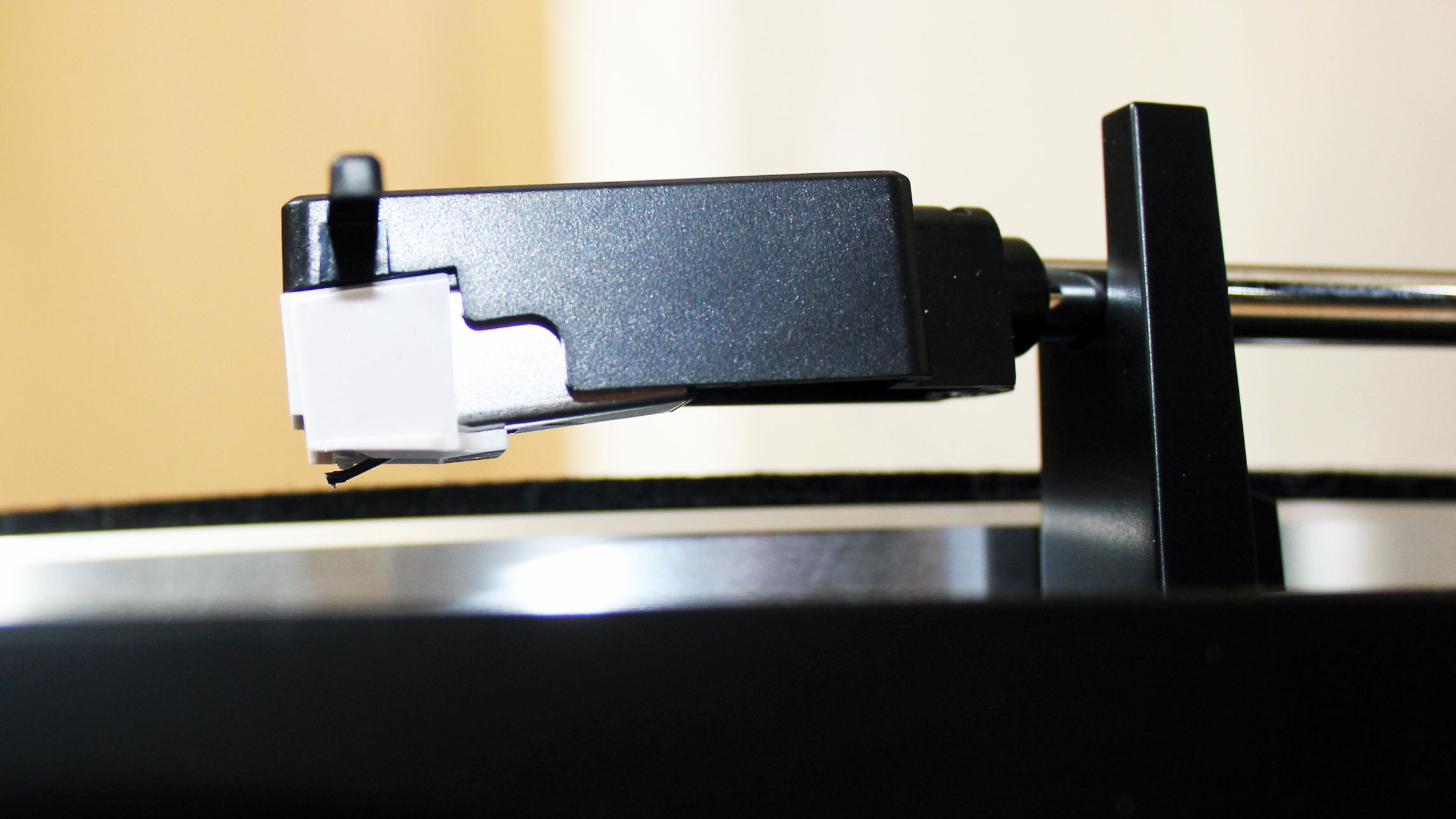
How records compare to the sound of streamed music
Comparing the sound of vinyl records and streaming music is difficult as there are huge differences in how music is reproduced in each format.
According to Mark Michalek, Brand Marketing Coordinator at home theatre company Fluance, “a proper vinyl pressing will reproduce an uncompressed signal with no additional artificial sound processing such as dynamic compression resulting in a greater effective dynamic range for a more life-like sound”.
I don’t think the question should be does vinyl sound better than digital, but rather, what musical experience do you want? It is like asking if a red merlot or white chardonnay is better.
McIntosh Group Co-CEO, Jeff Poggi
Digital music must be converted back into analog, as humans cannot perceive digital signals as music (however, there’s science to show that humans cannot differentiate the difference between analog and digital music).
The bigger difference between the two is how they allow us to enjoy the music. Streaming is undoubtedly more affordable and convenient, and audiophile streaming services like Tidal and Qobuz exist for Hi-Res Audio enthusiasts.
For most listeners, Spotify’s maximum 320 kbps streams are more than detailed enough. Audio quality will depend heavily on the speakers and entire audio chain. If you’re listening to music through your phone’s included headphones, you’re likely missing out on a lot of audio information.
Vinyl offers a much different listening experience than streaming. “The tangible touch and feel of the materials, and the ceremony of putting on a record and dropping the needle every 20-22 minutes, makes the listening experience especially interactive, connecting listeners more deeply with the artist, the equipment and the music,” says Brendon Stead, SVP of Product Development and Engineering at Sound United.
For vinyl collectors, there is magic and art to the fact that a rotating plastic disc can reproduce such lovely and rich sound. Of course, there’s always the thrill of the chase, pouring over sites like Discogs to locate that ultra-rare Frank Ocean record.
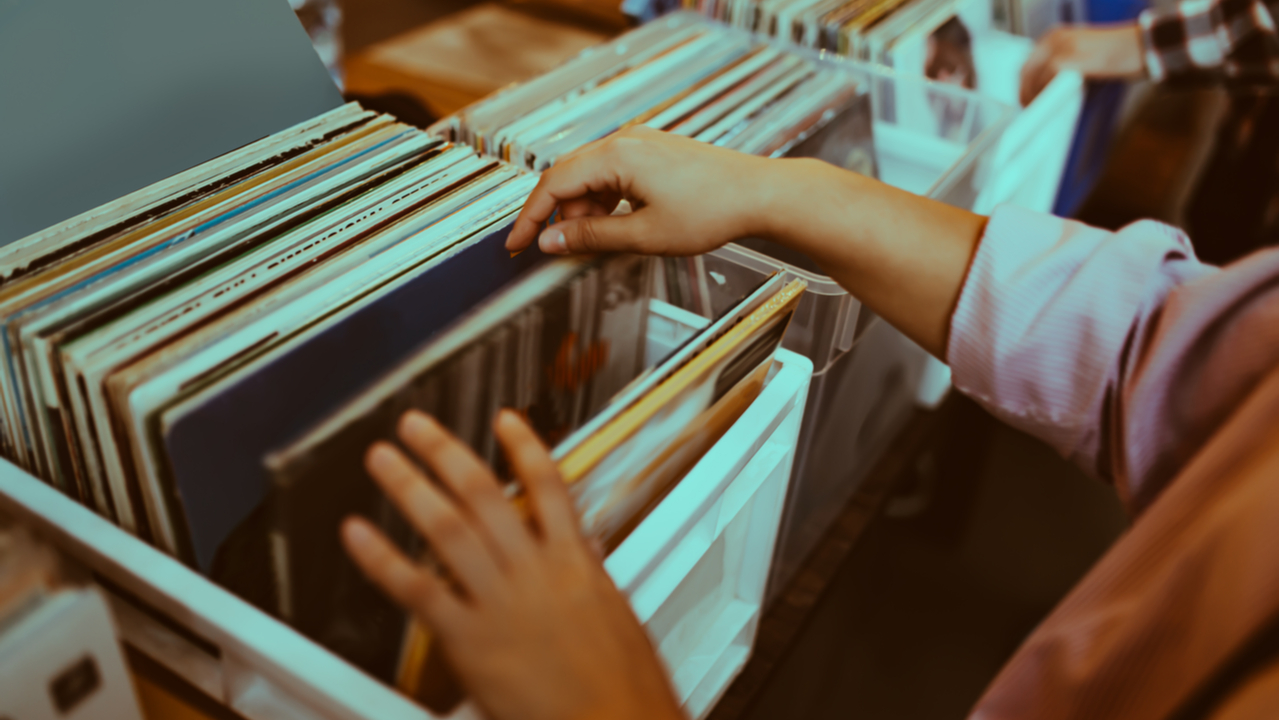
When we asked McIntosh Group Co-CEO Jeff Poggi if vinyl or digital was better and his response was, “I don’t think the question should be does vinyl sound better than digital, but rather, what musical experience do you want? It is like asking if a red merlot or white chardonnay is better.”
At the end of the day, it doesn’t matter how you enjoy music as much as the fact that you can. If you want the fastest, most trouble-free way to enjoy music, streaming is excellent. However, there’s an immense joy for some that want to invest the time, effort, and money into collecting vinyl and building a hi-fi set up that can last for generations to come.
But who says you have to choose? According to a survey conducted by ICM Unlimited, half of consumers say they streamed an album online before buying a vinyl copy. Today, consumers are spoiled for choice by the number of ways they can enjoy music. Pick the one, or a few, that speak to you and don’t let anyone tell you that the way you’re enjoying music is “wrong.”
Microsoft Outlook gets voice assistant and lots of new features
After the good work done with the Microsoft Edge web browser, Microsoft has announced the addition of new features in the Outlook mobile app. These new features will not only simplify the sign-in process but will also improve the overall user experience.
Among the new features, Microsoft’s decision to bring Cortana to Outlooks sounds pretty interesting. Users will not only be able to search for emails, contacts, or calendar entries, you can ask Cortana to read out your emails while you’re busy with other chores of the day.
While the feature will be rolled out next month, having a voice assistant write emails for you is another intuitive way to remain productive. Thanks to the integration with Microsoft Teams, users will be able to set up calls and meetings through Teams.
- Microsoft kills off Windows 10 update that had been slowing down PCs
- Microsoft Edge finally lands on Linux in October
- Windows 10 May 2020 Update finally makes it easy to ditch Cortana
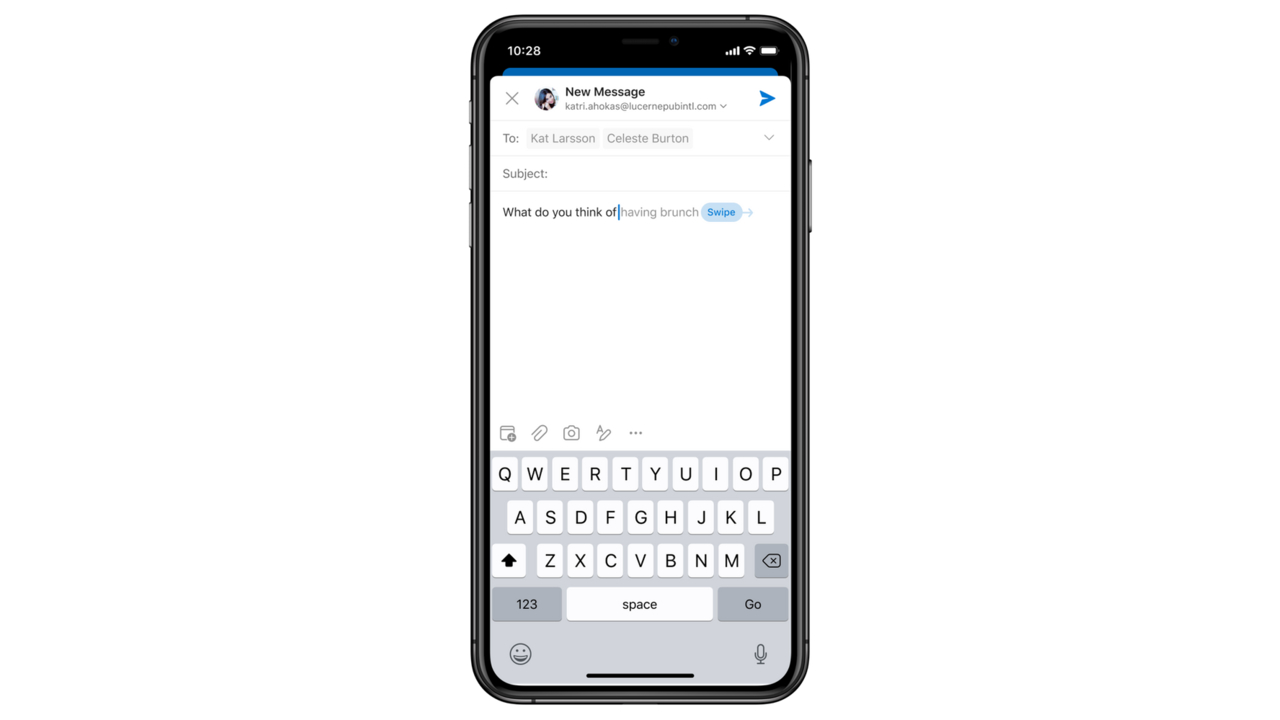
Additionally, Outlook will now come with a reply suggestion. So if someone is looking to set up a meeting or asks for your availability, Outlook will be able to suggest a date and time based on your Outlook calendar activities.
Also, Microsoft has added weather forecasts into the Outlook calendar to inform the users about the expected weather conditions on the day the meeting is scheduled.
To increase the adoption of Outlook mobile app Outlook web users will be encouraged to use the Outlook mobile devices. Microsoft is also making the process of signing into the mobile applications seamless and secure. Users who’re logged into the web application will get a QR code. When this QR code is scanned on the Outlook mobile app, it will transfer the credentials securely allowing users to sign in without the need of entering credentials manually.
Reactions is another feature that Microsoft plans to add to the Outlook mobile application. Set to roll out around the new year, Reaction will let users add reactions like laugh, heart, celebrate or shed a tear right within your email.
These new features will be available on both iOS and Android powered devices and will be rolled out in a staggered manner.
The lightest 17-inch laptop ever made is now available for less than you think
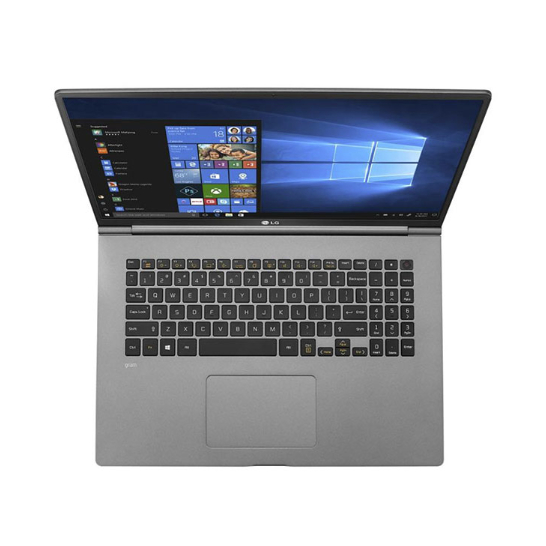
LG Gram 17 laptop - $1,249.99/£1,089.99 from Costco
Thanks to a recent price-drop, this beautiful piece of technology from LG is now a little more affordable. It's nice to look at, lightweight and powerful - so what's not to like? Grab it while you can.View Deal
The LG Gram 17 is an absolutely exquisite piece of tech. Our review of the laptop earlier this year carried a strapline that tells it all: "this laptop can’t actually be real".
Right now, the LG Gram 17 is available from Costco for just under $1,250/£1,090, although this price excludes shipping ($10) and Costco membership ($120/£67.50).
The machine weighs only 1.35kg (just under three pounds), which is less than a few 13.3-inch laptops we've tested in the past. Its screen diagonal (17-inch) and resolution (2560 x 1600 pixels/16:10 aspect ratio) are also exceptional for its size.
- Check out our list of the best laptops for programming right now
- Here's our list of the best mobile workstations on the market
- We've built a list of the best video editing laptops out there
At its heart is an Intel Core i7-1065G7 with Iris Plus graphics, 16GB DDR4 dual channel memory, 512GB NVMe M2 SSD and a staggering 80WHr battery (which can power the laptop for up to 17 hours).
Add in an MIL-STD-810G certification, dedicated numeric keypad, fingerprint reader, backlit keyboard, Wi-Fi 6 and seven ports (including a Gigabit Ethernet connector) and you have a near-perfect product.
The sub-par speakers, average processor performance and the then-expensive price tag were listed as the main disadvantages, but Costco has taken care of the latter concern.
With a Costco membership, you get a two-year warranty, $25 cash back, free technical support and a 90-day return policy. You also get one-year subscription to McAfee Multi Access, which will protect your laptop from viruses, spam, malware and identity thieves.
- Here's our list of the best business laptops out there
Bear in mind
- If the LG Gram 17 is unavailable in your region, you may need to use a specialist parcel forwarding service to take advantage of the deal
- If you've managed to get hold of a cheaper product with equivalent specifications, in stock and brand new, let us know and we'll tip our hat to you
YouTube's Algorithm Made Fake CNN Reports Go Viral
Read more of this story at Slashdot.
Toss out your dumb thermostat and buy this $140 Nest 3rd Gen instead
You don't have to spend a ton to get the benefits of a smart thermostat.
If you've been holding out on moving to a smart thermostat because of their prices, I won't blame you one bit. But now, you don't have any excuse: the excellent Nest 3rd Gen smart thermostat is just $140, down from its usual price of $250.
Step up your smart home
Google Nest Smart Thermostat (3rd Gen)
The best thermostat is at a price anyone can afford.
The Nest 3rd Gen not only provides excellent thermostat control for houses and apartments, it also looks great doing it. And the integration with Google's ecosystem of smart home products takes it to a new level. Now you can get it all for an incredible price, too.
This is easily the best deal we've seen on the latest-gen Nest thermostat. It's previously been on sale for $190 with a free Home Mini, and for $150 from members-only Costco, but now anyone can buy it at this incredibly low price. At this price, you don't have to think about whether it's "worth it" to spend extra for a smart thermostat — the value is clear.
Updated iBrowse Web Browser Released for AmigaOS 3.x
Read more of this story at Slashdot.
